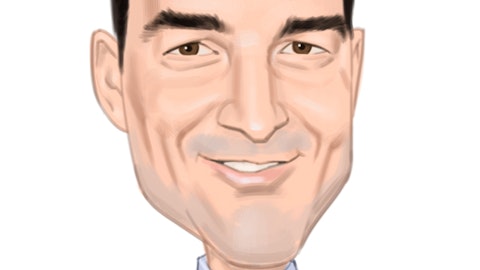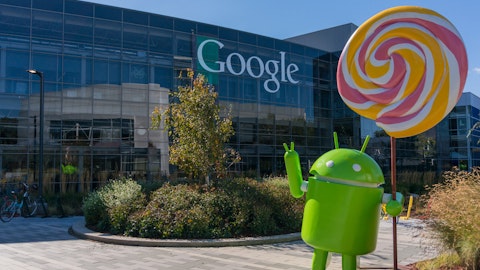Competitive Advantages & Recession Performance
Sherwin-Williams does not enjoy a highly recession-resistant business model. The paint and coatings industry is reliant on a healthy real estate market.
During the Great Recession, the collapse of the U.S. housing market hit Sherwin-Williams hard, and its earnings fell considerably.
The good news is that because of the company’s strong brand and high margins, it bounced back quickly and took only a few years to achieve record earnings. The company’s earnings-per-share through the Great Recession and subsequent recovery are shown below to illustrate this point:
– 2007 earnings-per-share of $4.70 (high earnings mark at the time)
– 2008 earnings-per-share of $4.00 (decline due to start of recessions)
– 2009 earnings-per-share of $3.78 (recession low)
– 2010 earnings-per-share of $4.21 (partial recovery from recession)
– 2011 earnings-per-share of $4.14 (high oil prices reduce margins)
– 2012 earnings-per-share of $6.02 (new earnings high)
As you can see, it took Sherwin-Williams 3 full years to recover from 2009 recession lows. However, the company did remain profitable throughout the recession, which allowed it to continue paying its dividend.
While Sherwin-Williams is not the most recession resistant stock, it does have a strong and durable competitive advantage. The company is one of the 3 large global coatings businesses.

Source: Financial Community Industry Overview, slide 4
Note: Image shows Sherwin-Williams and Valspar as separate
The company’s large size gives it economies of scale. This gives it an advantage over smaller competitors. The coatings industry is still highly fragmented. Expect the larger companies to continue to consolidate the industry by acquiring smaller players.
Sherwin-Williams also controls many well-known brands in the coatings industry. This gives the company brand recognition which helps the company to sell more coatings products at higher prices.
Source: Financial Community Company Overview, slide 10

The company is constantly investing to improve its products. Sherwin-Williams has spent around $50 million a year in each of its last 3 years on research and development. This helps to ensure that its well-known brands offer quality products to customers. Sherwin-Williams also supports its brands with large advertising expenditures. Advertising spend over the last 3 years is shown below:
– 2015 Advertising spend of $338 million
– 2014 Advertising spend of $299 million
– 2013 Advertising spend of $263 million
Sherwin-Williams combination of brand and scale based competitive advantages make it very likely the company continues to reward shareholders with rising dividends over a long period of time.
It’s also important to note that Sherwin-Williams operates in a slow changing industry. The paint industry realizes incremental improvements with technology, but the core offering does not change much over time.





